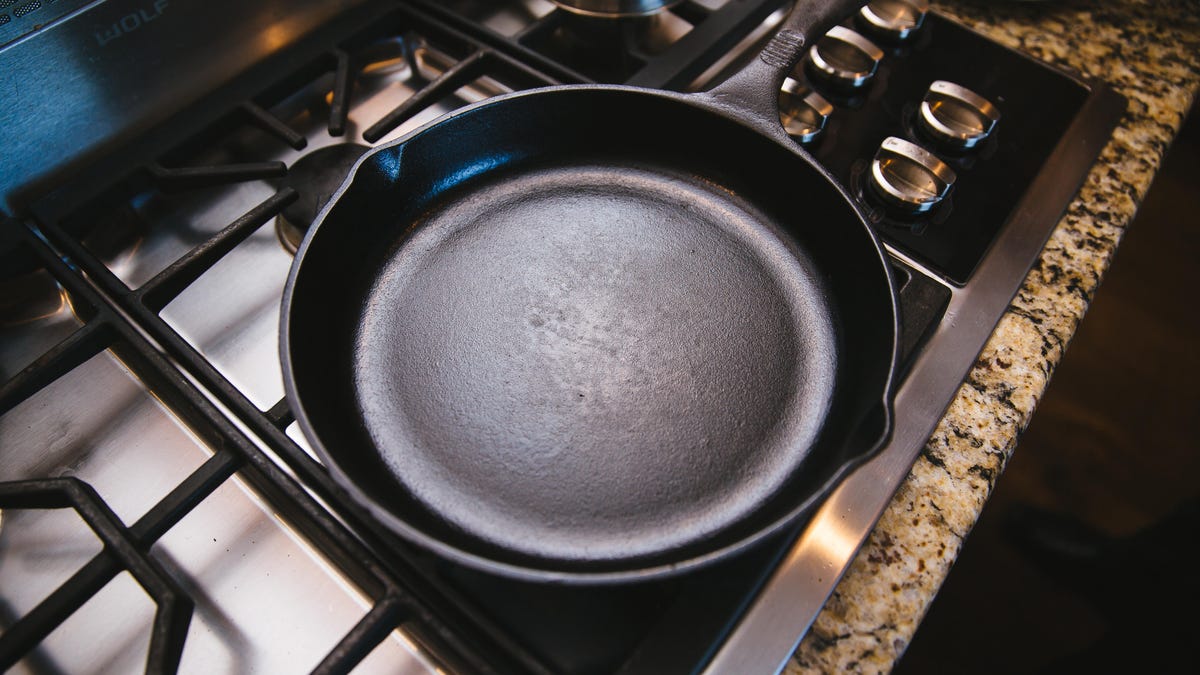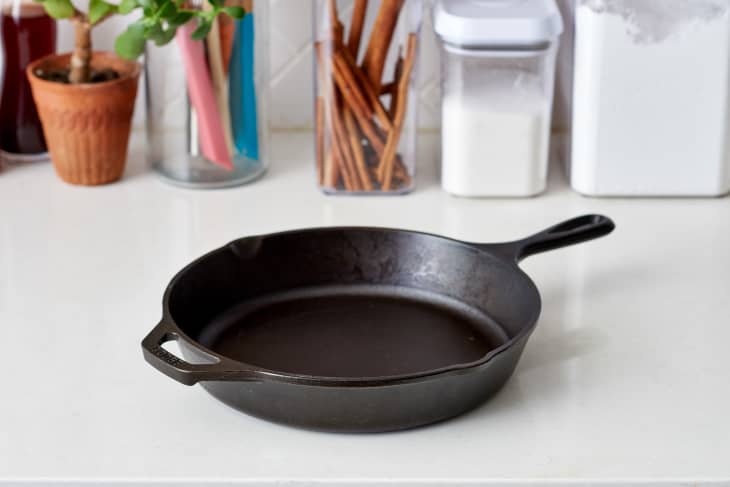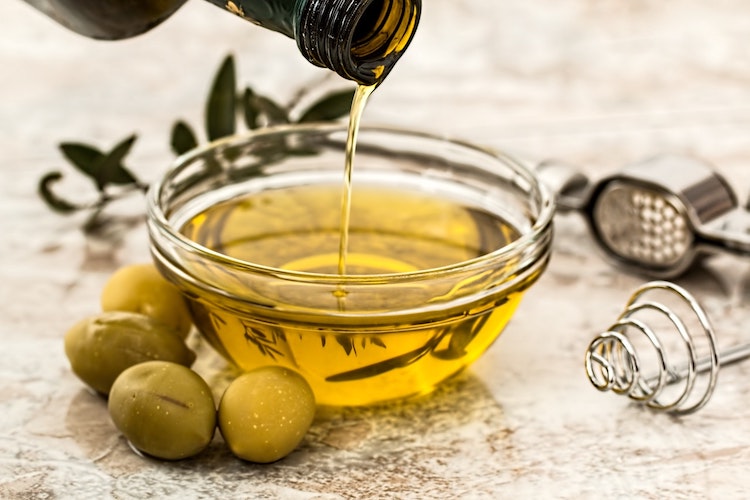As kitchen professionals, we often face challenges when it comes to preparing meat dishes that are both flavorful and healthy. One critical step in cooking meat is learning how to drain meat from skillet effectively. This process helps in reducing excess grease, enabling flavors to shine without being overwhelmed by fat. Not only does it improve the taste and texture of your meat, but it also makes dishes healthier. In this guide, we will delve into effective ways to properly drain meat, focusing on techniques, tools, and common mistakes to avoid.

Why It's Important to Drain Meat
The first step in understanding how to drain meat from skillet is recognizing why this step is essential. Grease and fat can overwhelm the natural flavors of well-cooked meats, such as beef, pork, or poultry. By draining excess fat, you can enhance taste and ensure that your meal isn't too oily.
In addition to taste, draining fat can also play a crucial role in health considerations. Consuming too much fat can lead to various health issues, making mindful cooking practices increasingly significant in a professional kitchen environment. Learning how to drain your meat correctly can contribute to healthier eating without compromising flavor.
What You Need to Drain Meat
Before attempting to drain meat from a skillet, gather the necessary tools:
- Skillet: Ideally made of cast iron for even heat distribution.
- Slotted spoon: To lift meat without retaining excessive fat.
- Colander: For larger batches, a colander can help remove grease quickly.
- Paper towels: To absorb additional grease after draining.
Basic Techniques to Drain Meat
1. Using a Slotted Spoon
The simplest method for draining meat involves using a slotted spoon. Once the meat is cooked, follow these steps:
- Remove the skillet from heat.
- Using the slotted spoon, lift the meat out of the skillet.
- Allow any excess grease to drip back into the skillet.
2. Pouring Off Excess Fat
If you have a small amount of meat, pouring off excess fat directly from the skillet is an option. Be careful while pouring, as hot grease can lead to burns.
- Let the skillet cool slightly to prevent splattering.
- Hold the skillet at an angle, slowly pouring the fat into a bowl or jar.
- Return the meat to the skillet after draining.
3. Using a Colander
For larger quantities of meat, using a colander might be the best option. Heres how:
- Place a colander in the sink.
- Carefully transfer the meat from the skillet into the colander.
- Let the fat drain away, and consider rinsing the meat with hot water for additional grease removal.
4. Final Pat Drying
Regardless of the method used, patting the meat down with paper towels can absorb any remaining grease. This step enhances texture and prevents a greasy taste.
Common Mistakes to Avoid When Draining Meat
Even professional cooks can make mistakes when it comes to draining meat. Here are a few to watch out for:
- Not waiting long enough: Allow fat to settle before draining; this time can enhance the experience.
- Poor tool selection: Ensure youre selecting the appropriate spoon or colander; mismatched tools can complicate the process.
- Discarding the fat: Dont waste all that flavorful fat! Save it for sauting vegetables or adding flavor to your next dish.
Using Alternative Methods to Flavor Meat
Instead of simply removing fat, consider transferring that flavor into your cooking. For example, using the remaining drippings can enhance sauces and gravies. Remove only what is necessary, creating layered flavors for a delicious outcome.
Links to Explore Further
For insights into related topics like seasoning, frying techniques, and coffee roasting, check these articles which can further enhance your skillet skills.
Cleaning Your Skillet After Draining
After mastering how to drain meat from skillet, its equally important to clean your skillet properly. Maintaining your skillet ensures a longer lifespan and better flavor in future dishes. Heres a basic guide for cleaning:
- Use hot water and a stiff brush to remove grease.
- Dry immediately to prevent rusting.
- Apply a thin layer of oil for seasoning.
- Store in a dry place.

Frequently Asked Questions
1. Can I reuse the drained fat for frying?
Yes, you can reuse the drained fat for frying other meats or vegetables. Just make sure it hasn't been contaminated with non-compatible flavors.
2. How can I know when the meat is cooked enough to drain?
Meat should be cooked to the desired doneness according to your recipe. Generally, meat should have a golden-brown crust before draining.
3. What if I accidentally pour out too much grease?
If you find yourself pouring out too much grease, try using a lower heat setting next time to give the fat time to drain into the skillet.
As an Amazon Associate, I earn from qualifying purchases.






Leave a comment
This site is protected by hCaptcha and the hCaptcha Privacy Policy and Terms of Service apply.